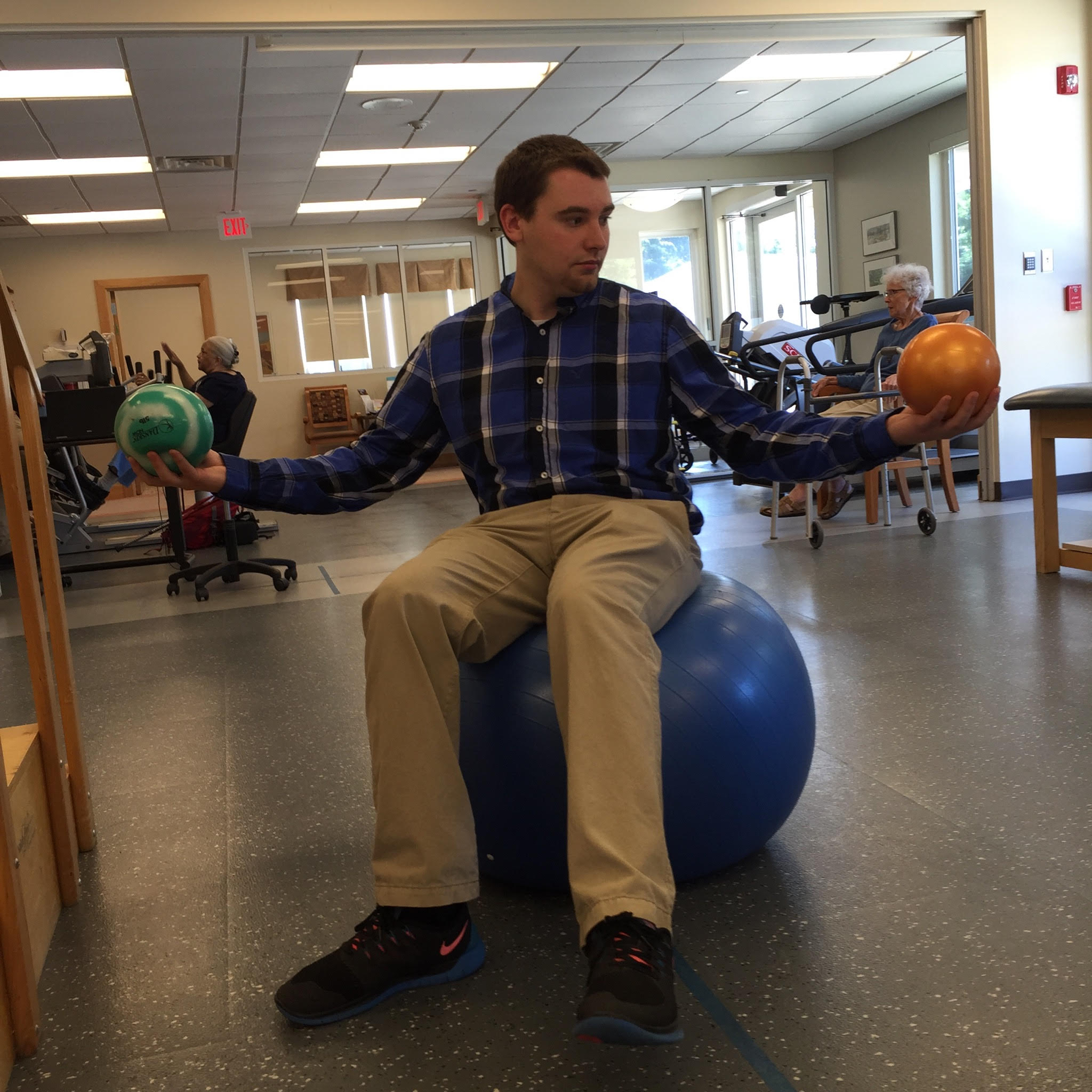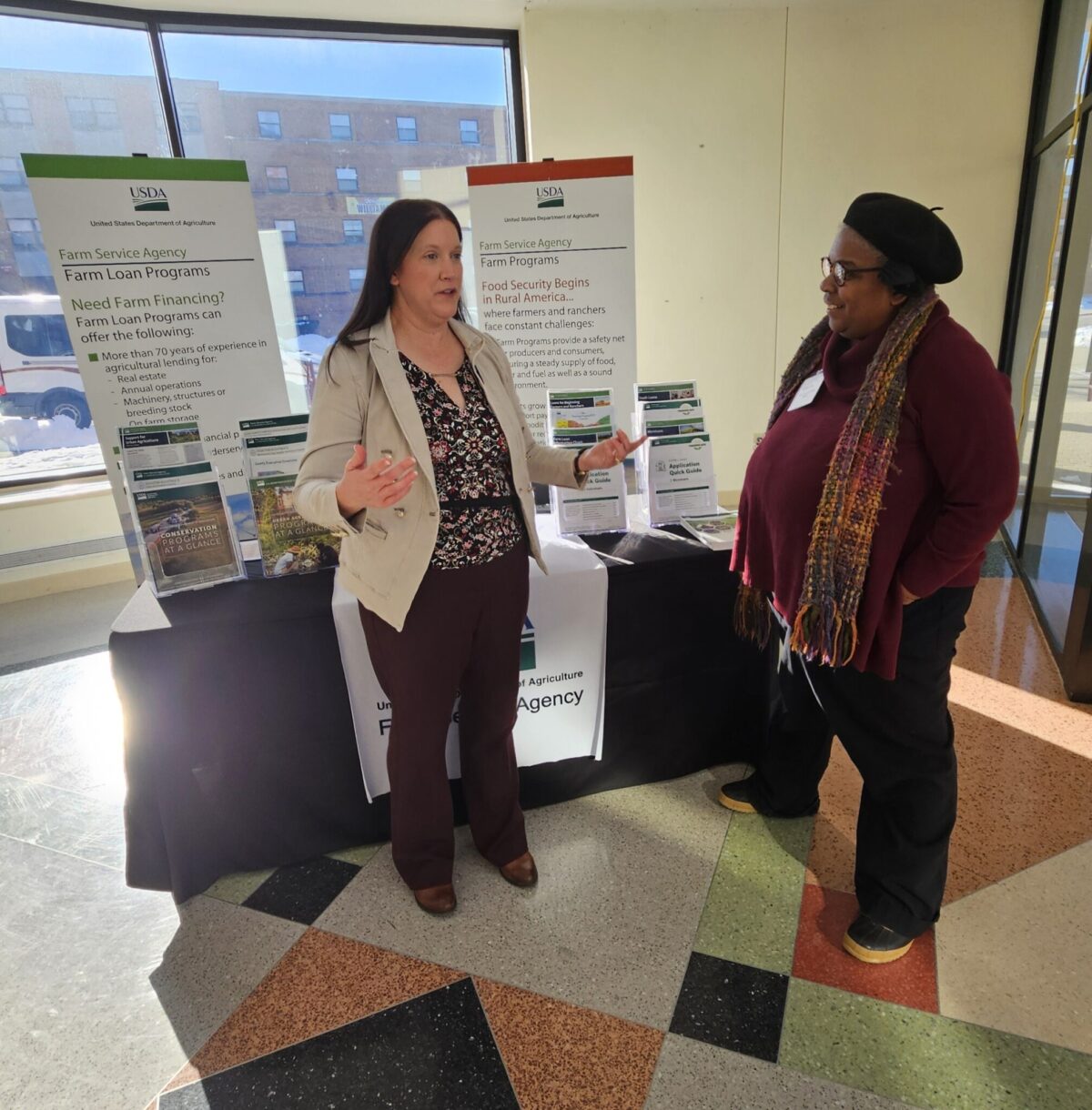It’s be a good place to start by saying my co-op is a little unorthodox from an Antioch student’s normal co-op, though, there is a reason I am doing this. My co-op is located all around Southwestern Ohio, as I shadow physical therapists around the area in order to gain 100 observation hours I need in order to meet graduate school requirements. This is unpaid, though, it is helping me get into my future career path. I want to be a physical therapist, and most graduate schools require anywhere from 80-100 hours of shadowing in order to get accepted to their program.
The first place I’m shadowing at is the Kettering Sports Medicine Center. By its name, one can assume it’s a rehabilitation center where athletes are treated for their injuries. Though, while they do specialize in rehabilitating athletes and bringing them back to their peak performance levels, most patients are just normal people who have had some kind of surgery. There are a lot of elderly patients who have just gone through a knee replacement, shoulder repair, or rotator cuff surgery. Many patients are there to deal with chronic back pain, or are strengthening their hips in order to regain lost range of motion because of pain hindering their movement. While this may not sound like the most exciting place in the world, it is very interesting to a bio-medical science major like myself. The human body rules here, and that’s what I love about physical therapy. It’s just as challenging as practicing medicine: one must diagnose, treat, and then reflect on progress as the treatment is ongoing.
My role in the workplace is really not significant, as I am just observing the physical therapist doing their job. I’ll describe here what they do, and how this relates to why I am doing it. As I mentioned earlier, their job is to diagnose patients with some kind of issue and then treat this issue by rehabbing their strength and range of motion. For example, knee replacements are probably the most frequent patients they see. They diagnose every week by assessing the progress they have made since their surgery. To put this in perspective, people heal at different rates. I have seen a man at 73 years old who is 3 weeks out of surgery and has nearly his full range of motion, with almost no loss of strength. On the other hand, I have seen patients around 60 years old who are 2 months out of surgery and are nowhere close to completing their treatment, with a lot of work to do in both range of motion and strength. It’s important to take note of this, as a treatment plan for someone almost healthy would not be the same as someone just starting to get better. One thing I’ve noticed is that keeping the patient informed, motivated, and in good spirits can actually accelerate their progress. It’s the physical therapists job to make sure they do their exercises at home in between appointments. To do this, you need to make sure that they know that if they don’t, it can stall their treatment, and even keep them from reaching their full potential.
Athletes are the same way, they must be motivated to get better. They sustain some of the most gruesome injuries, and thus the rehabilitation process can be long and painful. Though, they tend to work the hardest out of all the patients, as they know their career plans (or future career plans for younger athletes) depends on them to be at their physical peak. By keeping patients informed, it can make them more apt to work out and gain back their past abilities.
I also shadow at an assisted living facility in Yellow Spring, Ohio. Here patients are elderly, and many of them are wheelchair bound. This is due to years of deconditioning and muscle atrophy. The physical therapist I shadow there explains to me in as much detail what is possible for patients at this stage in their life. He uses as much medical terminology as possible to describe the problems many of the patients face. Some patients will be wheelchair bound for the rest of their lives, and thus they really only do rehab to keep their heart healthy. The patients usually just ride the exercise bikes for about half hour. Though, some patients are working towards larger goals such as walking again.
This co-op has taught me a lot of interesting things about physical therapy, and I am now sure it is the right career path for me. I’ve learned how to treat certain injuries, and have even got to put a lot of things I’ve learned throughout my science courses to work. By taking Anatomy and Physiology classes, I understand the medical terminology the physical therapists use and feel much more prepared for entering graduate school. Physical therapy is an important growing field, especially as the baby boomer generation is aging and scholastic sports are becoming more popular activities for children and adolescents. Also, I’ve learned how important doctor-patient interactions are in order to make the patient understand their injury, and also understand why a certain treatment plan should improve their symptoms. This co-op has been a truly eye opening experience, and has solidified many questions I had concerning the field of physical therapy. These shadowing experiences have helped prepare me for physical therapy school, and I feel much more prepared for the new information I will encounter there. The learning that has taken place over this co-op will be useful to help me succeed in graduate school, and eventually earn my doctorate in physical therapy.






